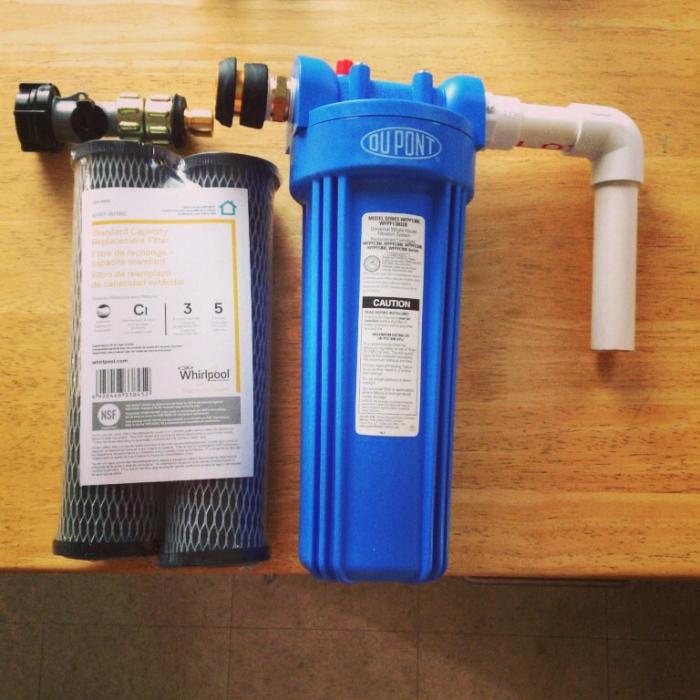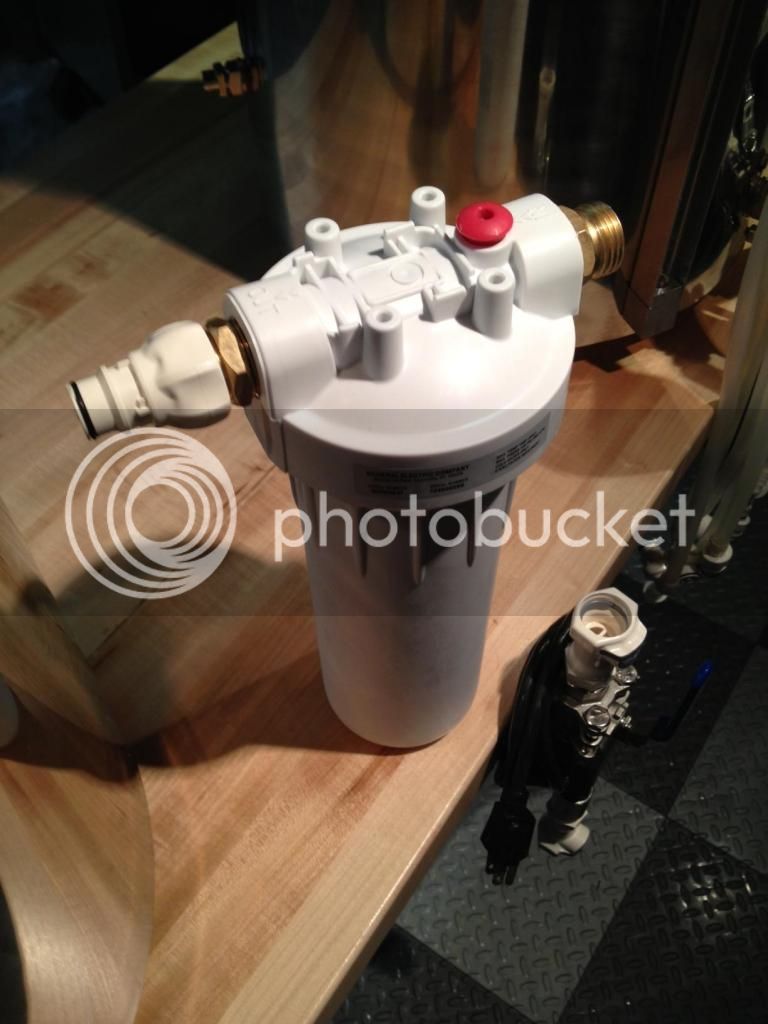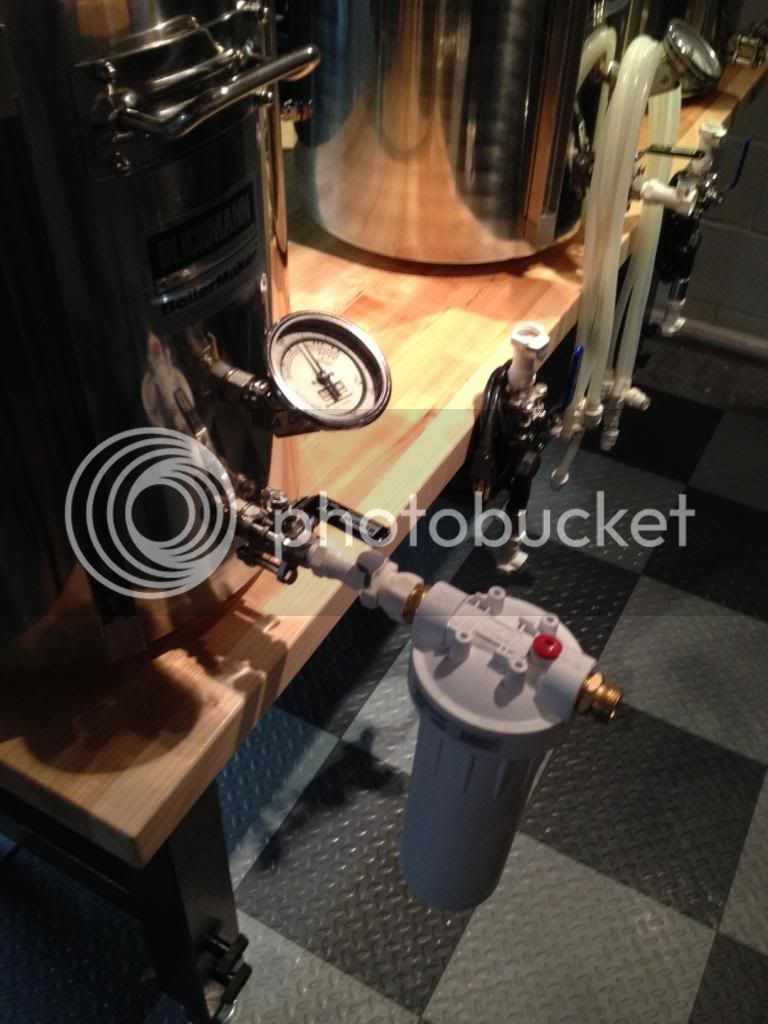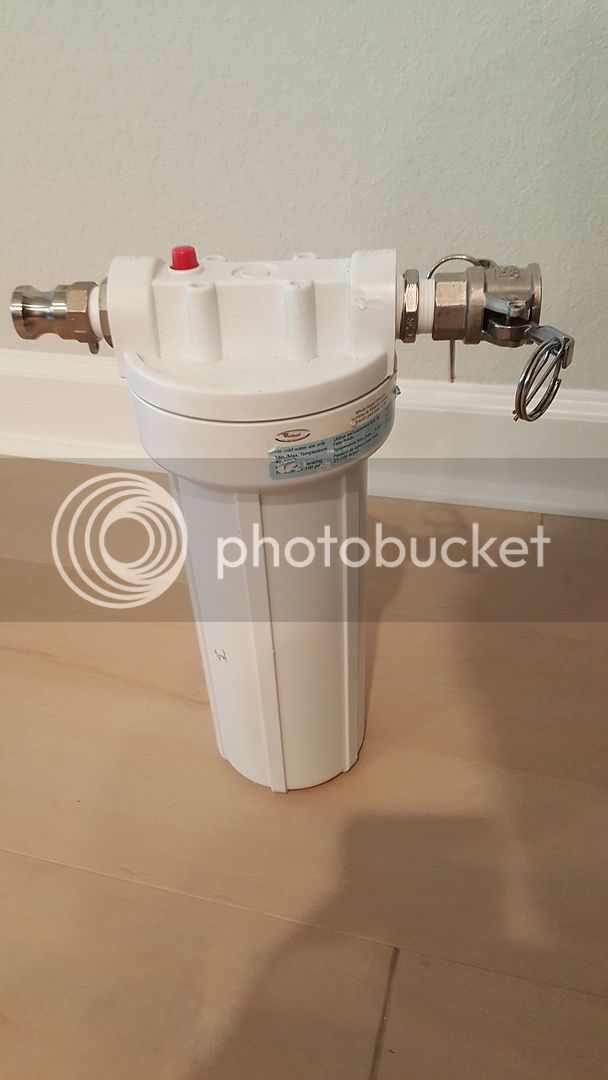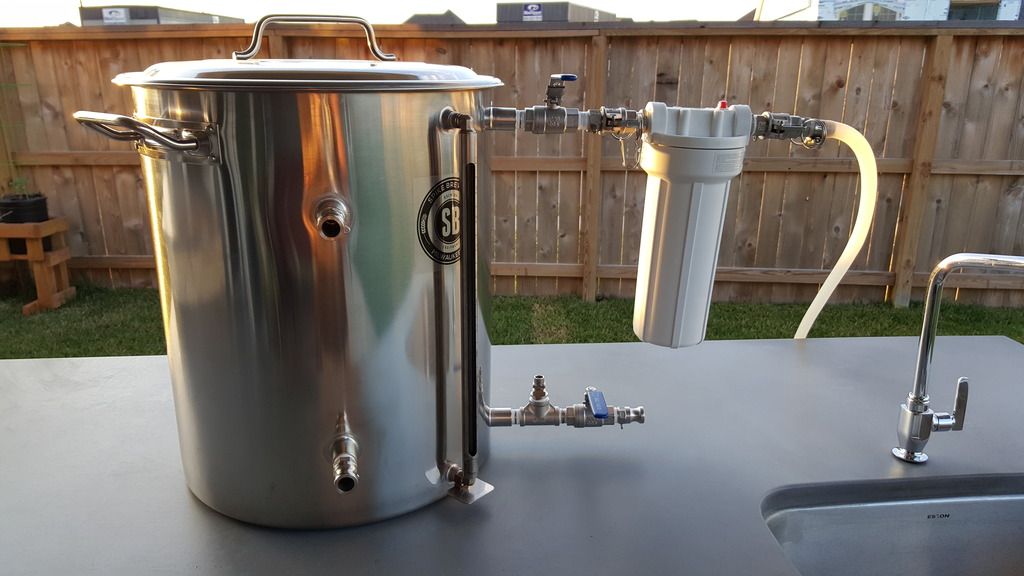It depends a lot on your local water and what you're trying to filter out. The best answer to this question is to get a local water quality report and then see how they treat it. Then you can decide what you need to filter out.
For example, they might use chlorine in which case you'd need a filter capable of filtering or chlorine. Or they might use chloramines (which my municipality does) and you need a filter capable of breaking the chloramine bond and filtering it out.
You'll also see some setups have multiple stages - first stage you might have to filter out sediments before entering a second stage filter. Again, it all depends on your water quality. I ended up having to go with a 2-stage 20" with a first stage sediment filter to protect a very expensive second-stage chloramine filter. And it was the difference between good beer, and outstanding beer when I did. Seriously, you can see and taste the difference of the water out of the filter.
Hope this helps. I found the guys here to be extraordinarily helpful:
http://www.purewaterproducts.com/.











































![Craft A Brew - Safale BE-256 Yeast - Fermentis - Belgian Ale Dry Yeast - For Belgian & Strong Ales - Ingredients for Home Brewing - Beer Making Supplies - [3 Pack]](https://m.media-amazon.com/images/I/51bcKEwQmWL._SL500_.jpg)













